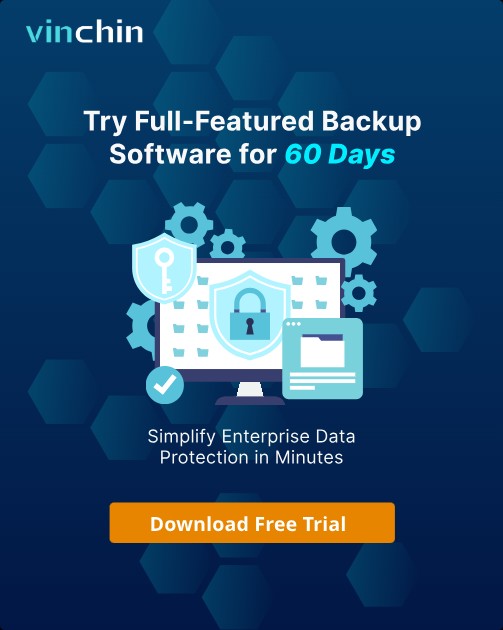-
Why Use VMware vDefend?
-
What Is VMware vDefend?
-
Core Architecture Components
-
How to Enable VMware vDefend in vSphere?
-
How to Backup VMware Virtual Machines With Vinchin Backup & Recovery
-
FAQs About VMware vDefend
-
Conclusion
Security threats evolve every day. Attackers no longer just break through your perimeter—they move laterally inside your network looking for valuable data. Traditional firewalls can’t see or stop this movement between virtual machines (VMs). That’s why VMware created vDefend: a modern solution designed to close these gaps and protect your workloads at every level.
In this article, you’ll learn what vmware vdefend is, why it matters now more than ever, how to enable it in your environment, how its architecture works behind the scenes, and how to keep your VMware VMs safe with reliable backup strategies.
Why Use VMware vDefend?
Let’s start with the problem: Today’s attackers don’t just come in through the front door—they spread sideways once inside your data center or private cloud. Perimeter firewalls only watch north-south traffic (in and out), but most attacks today happen east-west (between VMs).
This lateral movement allows ransomware or malware to jump from one VM to another undetected if you rely only on traditional security tools. You need visibility into all network flows—not just those entering or leaving your environment.
That’s where vmware vdefend comes in:
It brings zero trust principles into action by segmenting your network at a granular level.
It blocks advanced threats like ransomware using built-in intrusion detection/prevention systems (IDS/IPS), sandboxing suspicious files, and analyzing traffic patterns.
It automates security policy creation so that new workloads are protected right away.
It simplifies operations by letting you manage everything from one console—no extra hardware required.
According to Gartner’s 2024 Market Guide for Data Center Security, organizations using distributed firewalls like vDefend report up to 59% fewer breaches compared with legacy solutions.
Are perimeter defenses enough anymore? Not if you want true protection against modern threats—and not if you want peace of mind as an administrator.
What Is VMware vDefend?
VMware vDefend is a next-generation firewall and threat prevention system built directly into VMware Cloud Foundation and tightly integrated with vSphere environments. Unlike traditional appliances that sit at the edge of your network, VMware vdefend operates inside your infrastructure—protecting both virtualized and physical workloads in real time.
It focuses on securing east-west traffic—the flows between VMs within your private cloud—using distributed firewall technology combined with application-level controls (Layer 7). With micro-segmentation capabilities, you can enforce policies down to individual applications or workloads rather than broad network segments.
vDefend combines several powerful features:
Distributed firewalling across all ESXi hosts
Gateway security at key ingress/egress points
Advanced threat prevention including IDS/IPS
Sandboxing for unknown file types
Automated policy recommendations based on observed traffic
Security Intelligence powered by real-time updates
With these tools working together, administrators gain deep visibility into their environment while enforcing consistent policies everywhere—from VMs to containers to bare metal servers.
Core Architecture Components
To understand how vmware vdefend delivers such comprehensive protection without slowing down performance or creating blind spots, let’s look at its core architecture:
First is the Distributed Firewall Engine embedded as kernel modules within each ESXi host. This engine inspects packets locally before they ever leave the hypervisor—enabling micro-segmentation at scale without bottlenecks or single points of failure.
Second is Gateway Security, which uses NSX Edge nodes positioned at strategic points in your network topology (such as DMZs) for north-south inspection—catching anything entering or leaving your environment while still allowing fine-grained control internally.
Third is the Threat Intelligence Cloud, which provides continuous updates about emerging attack signatures (Indicators of Compromise) so that even zero-day exploits can be detected quickly across all protected workloads.
Together these layers eliminate blind spots while minimizing latency—a critical requirement for high-performance enterprise environments.
How to Enable VMware vDefend in vSphere?
Getting started with vmware vdefend doesn’t require rearchitecting your entire network or installing extra appliances—it integrates natively with VMware Cloud Foundation environments running supported versions of ESXi and NSX Manager.
Prerequisite Note:
Before enabling vmware vdefend:
Ensure all ESXi hosts are running NSX VIBs version 4.1.2+ alongside vSphere 8 Update 2 or newer.
Incompatible versions may cause packet drops or incomplete policy enforcement.
Here’s how you enable Distributed Firewall functionality:
1. Log in as an administrator via the vSphere Client.
2. In the left navigation pane click Networking & Security.
3. Under the expanded menu select Security Policies then choose Distributed Firewall.
4. Atop this page click the bolded Enable button.
5. Review summary details then confirm by clicking OK.
Once enabled across all hosts managed by NSX Manager:
Traffic between VMs begins flowing through local inspection engines immediately.
You can create micro-segmentation policies tailored per application group or workload type.
For advanced features like IDS/IPS or sandboxing unknown files navigate within NSX Manager under Security Services Platform, then activate desired modules.
For automated recommendations use what was previously called “Security Intelligence”—now rebranded as "Network Detection and Response (NDR)" in recent releases—to analyze live flows across workloads. NDR helps identify risky connections automatically so you can apply best-practice segmentation fast.
How to Backup VMware Virtual Machines With Vinchin Backup & Recovery
To complement robust threat prevention measures like vmware vdefend, ensuring reliable backups is essential for disaster recovery and business continuity planning.
Vinchin Backup & Recovery stands out as a professional enterprise-level solution supporting over fifteen mainstream virtualization platforms—including full compatibility with VMware environments—as well as Hyper-V, Proxmox VE, oVirt/RHV/OLVM/XCP-ng/XenServer/OpenStack/ZStack, among others. For VMware users specifically, Vinchin Backup & Recovery delivers advanced features such as Changed Block Tracking (CBT), quiesced snapshots for consistent backups during active operations, instant VM recovery for rapid restoration after incidents, forever incremental backup strategies that optimize storage efficiency over time, and granular restore options enabling precise file-level recoveries—all managed centrally through an intuitive web interface designed for operational simplicity and speed.
The web console of Vinchin Backup & Recovery makes protecting virtual machines straightforward:
Step 1: Select the VMware VM to back up;
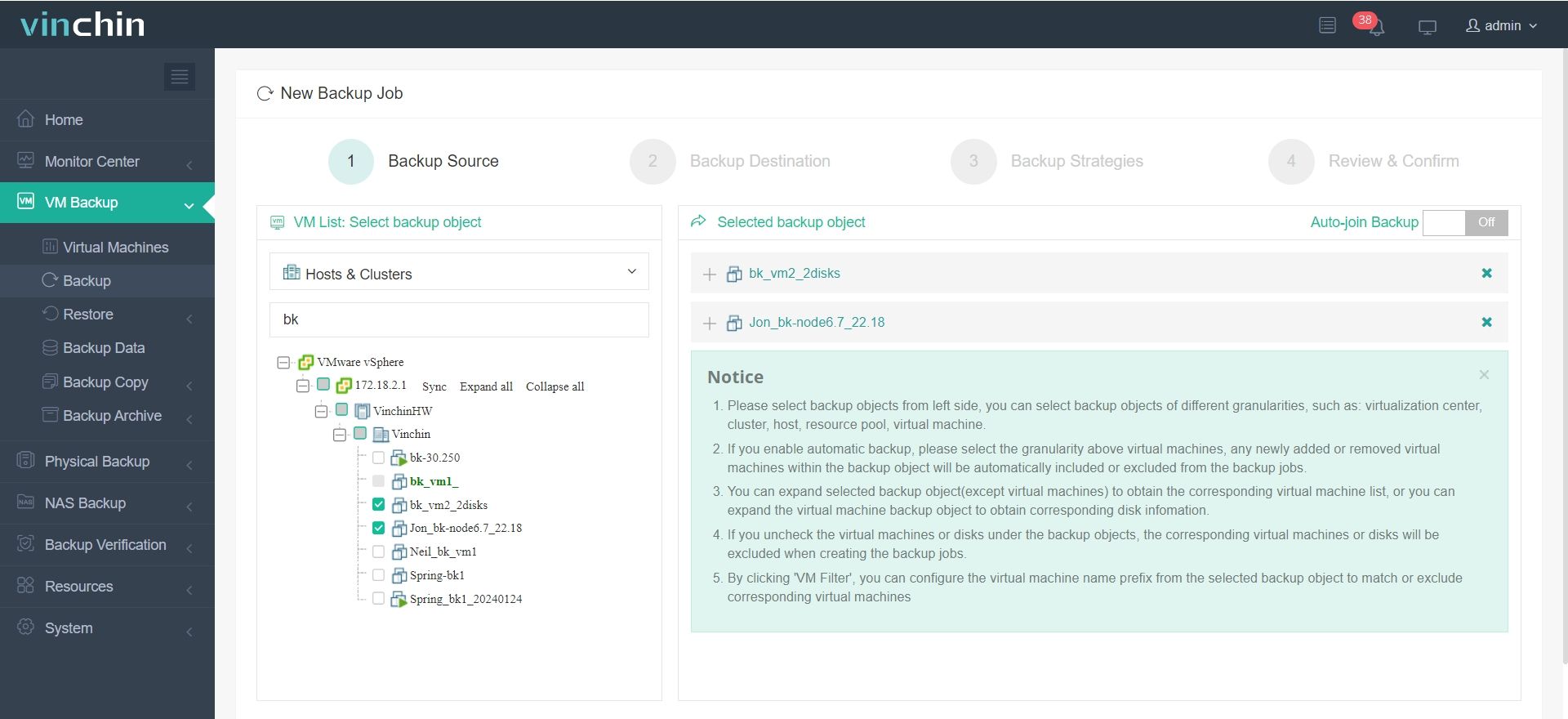
Step 2: Choose backup storage;
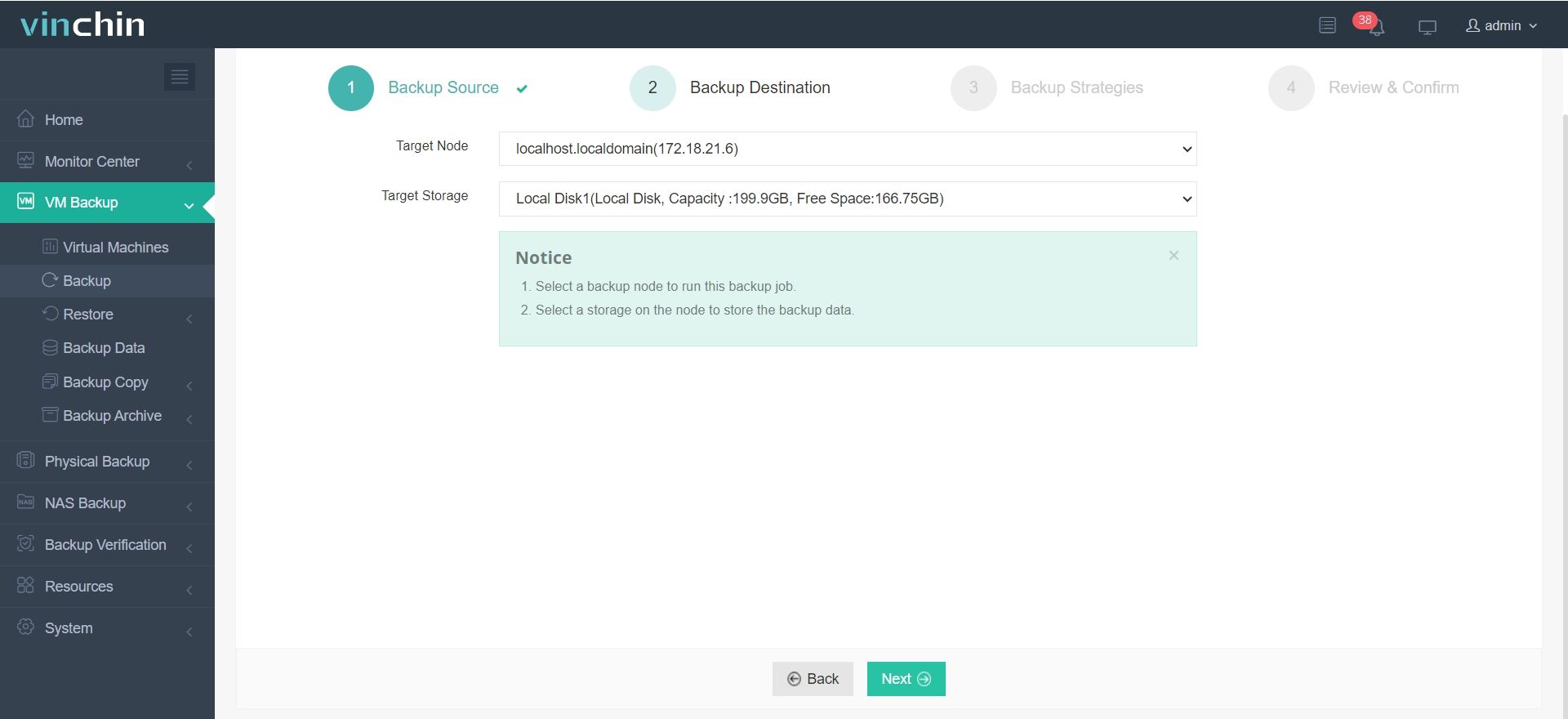
Step 3: Configure backup strategy;
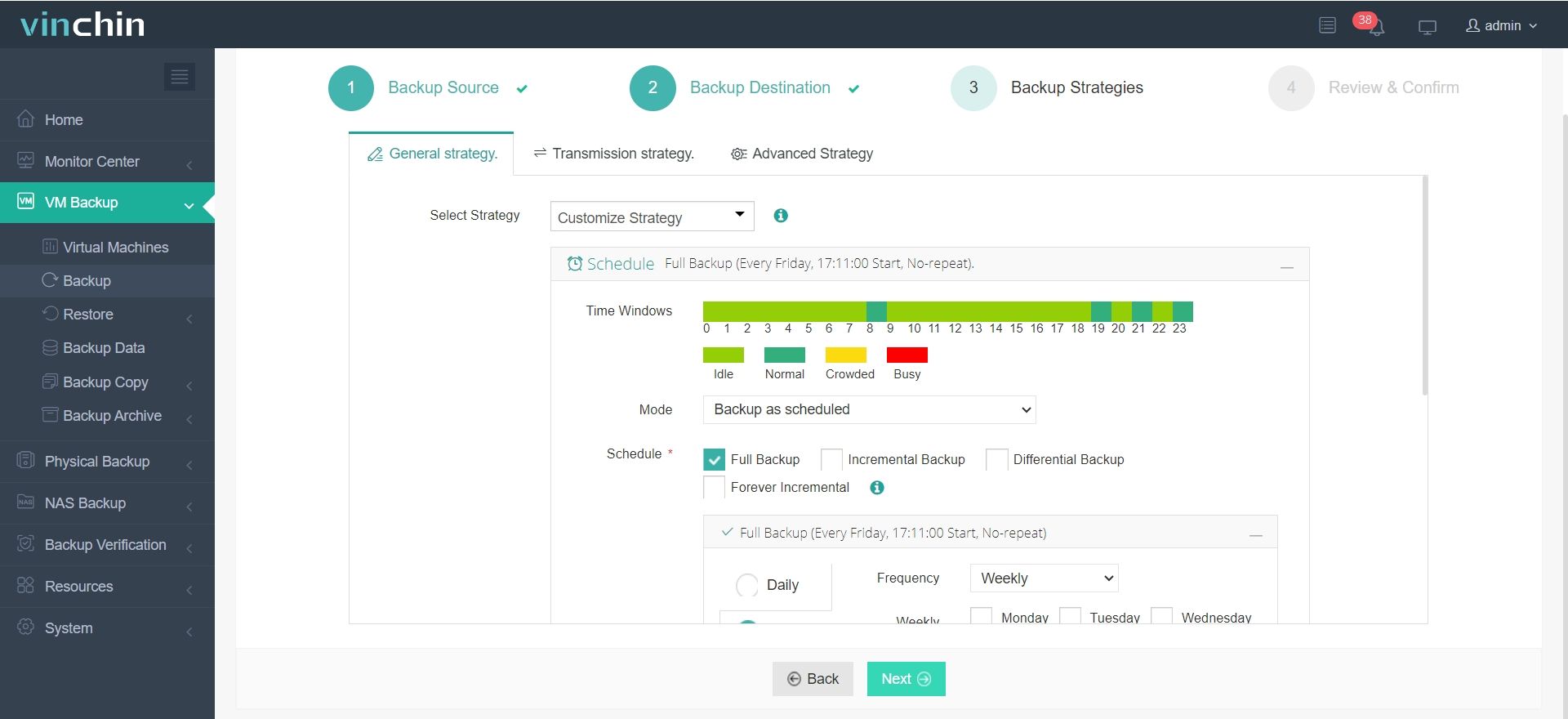
Step 4: Submit the job.
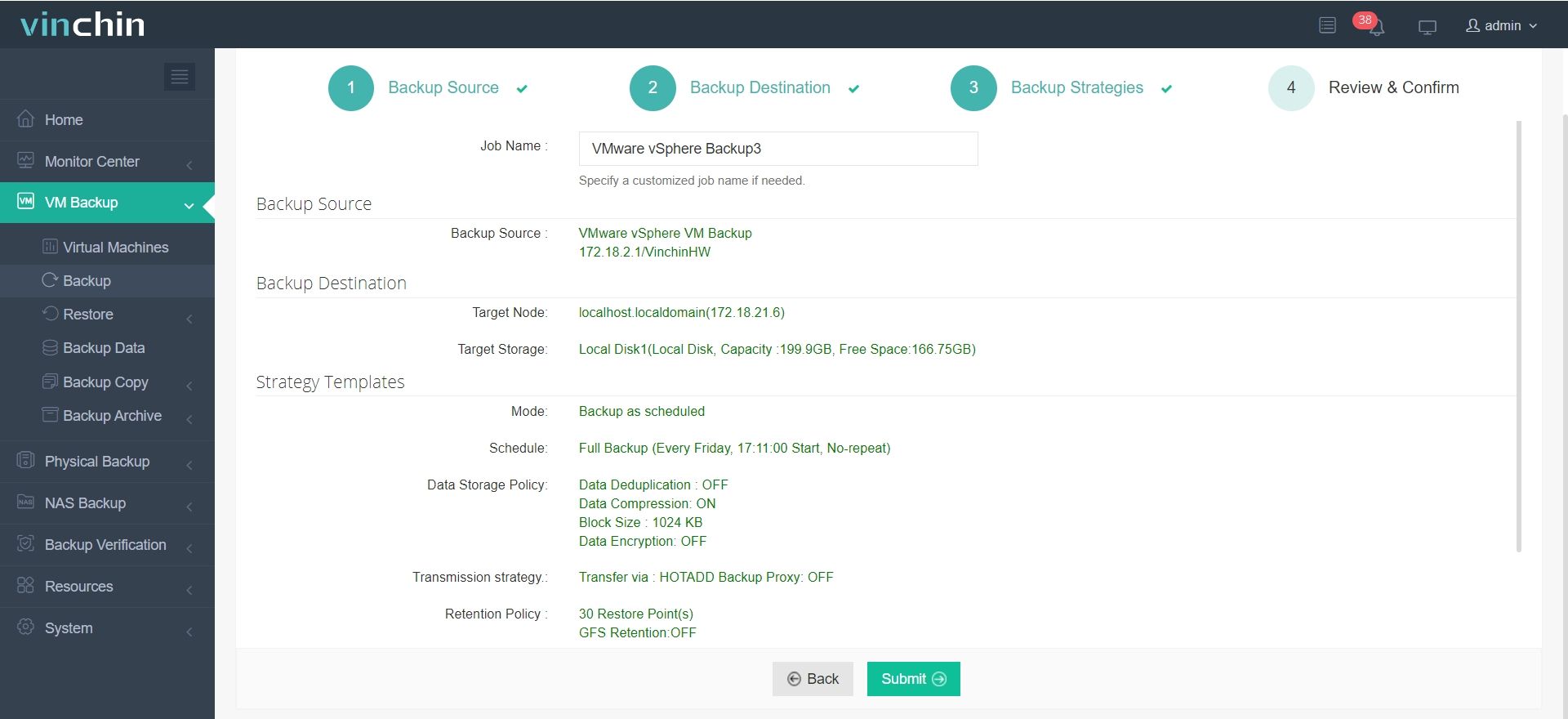
Join thousands worldwide who trust Vinchin Backup & Recovery—recognized globally for reliability—with a top-rated reputation among enterprise customers! Try it risk-free today with a full-featured 60-day free trial; simply click below to get started.
FAQs About VMware vDefend
Q1: Can I use vmware vdefend policies across both virtual machines and containers?
A1: Yes—you can apply consistent segmentation rules whether protecting classic VMs or containerized apps running atop Kubernetes clusters managed by Tanzu Grid services.
Q2: Does enabling Distributed Firewall disrupt existing production traffic?
A2: No—the process happens live without downtime since inspection engines operate transparently within each hypervisor layer.
Q3: How do I receive automated recommendations for micro-segmentation?
A3: Launch Network Detection and Response inside NSX Manager; it analyzes current flows then suggests optimal grouping/policy boundaries based on observed behavior patterns.
Q4: How does vmware vdefend inspect encrypted east-west traffic between VMs?
A4: By integrating with TLS Inspection features available under Security > Advanced Services admins can decrypt SSL/TLS sessions at hypervisor level prior to IDS/IPS analysis—with minimal impact on overall performance.
Conclusion
VMware vDefend brings software-defined security directly into every corner of your private cloud—stopping threats before they spread laterally between workloads big or small alike! For complete resilience pair it alongside robust backups from Vinchin—the easy way IT teams safeguard their critical data every day.
Share on:





